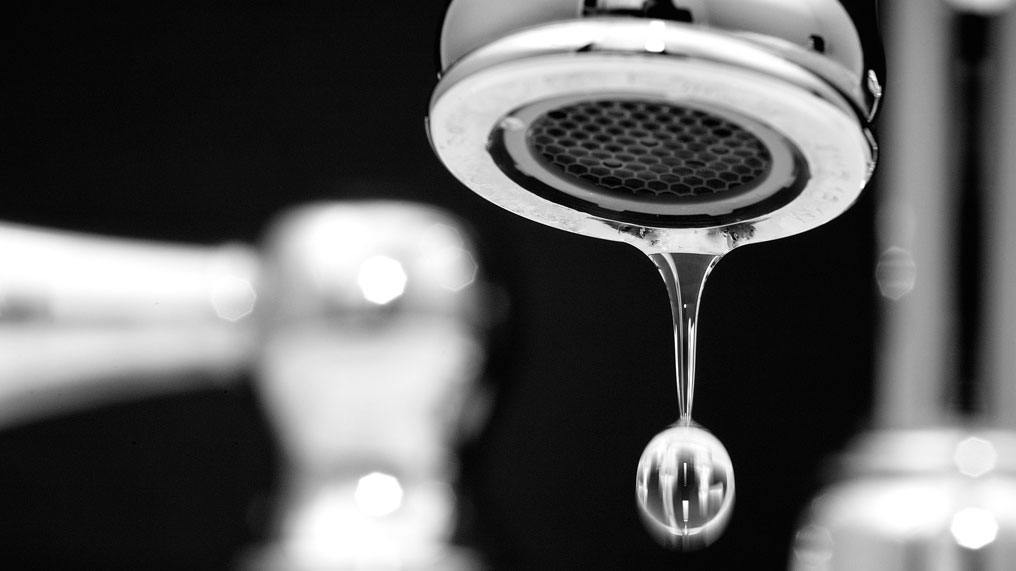You might think it's no big deal, but if you ignore condensation for too long it can cause damp, which in turn can lead to structural problems and even health implications. It's time to crack down on condensation once and for all.
Day-to-day activities, such as cooking, drying laundry, burning fuel - even breathing - all produce water vapour. And when temperatures drop in winter, cold surfaces like single-glazed windows allow this water vapour to condense back into water, which then fogs up glass and, in severe cases, can produce a seemingly never-ending flow of rivulets.
What is condensation?
To tackle condensation, first you have to understand it. It can get pretty complicated, so we’ll try to keep it simple. Here's a quick chemistry lesson:

Air can "hold" different amounts of water vapour depending on how warm it is. This is known as relative humidity. As a rough guide, a cubic metre of air at 20°C can hold about three times as much moisture as a cubic metre of air at 5°C.
Therefore, even if it’s damp outside, the air is likely to hold less water than in a room full of people — so open a window! If you air a room for about 15 minutes a day, you’ll get a reasonable exchange of air without cooling the house too much.
Still with us? Congratulations — you passed chemistry!
Five simple ways to reduce condensation in your home
-
Keep lids on pans when you're cooking
-
Install extractor fans in the kitchen, bathroom and utility room
-
Tumble-dry clothes instead of drying them inside the house
-
Keep the bathroom door shut when you take a shower or bath
-
Keep the kitchen door shut as much as possible
-
Cover stone floors with carpets or rugs (make sure you attach them securely so they don’t slip)
And some more extensive options
-
Install double glazing or secondary glazing throughout
-
Install underfloor heating
-
Insulate your external walls
-
Convert to an electric hob/oven
Did you know, you can measure relative humidity?
A hygrometer (often part of a home weather station) is very useful for keeping an eye on the relative humidity in your home. Broadly speaking, humans feel comfortable in environments with a relative humidity of about 50% at 20°C.

Home hygrometers aren’t always accurate, but they can give you a good idea. If you’re getting readings much higher than 50% at 20°C you definitely have a problem with the level of humidity in your home.
As well as improving ventilation, you could consider running a dehumidifier, but make sure you don’t let the humidity drop below about 30% at 20°C. Overly dry air is dangerous for asthma sufferers, will irritate noses and throats and cause dry skin. It's also bad for your furniture.




